Where Does It Come From?
Officially, Surrealism was a literary and artistic movement founded by André Breton 1924 in Paris, France. Behind the scenes, Surrealism emerged from Dada’s mockery of the establishment, Marxists disdain for Capitalism, the writings on psychoanalysis by Sigmund Freud, and the tragedy of World War I.
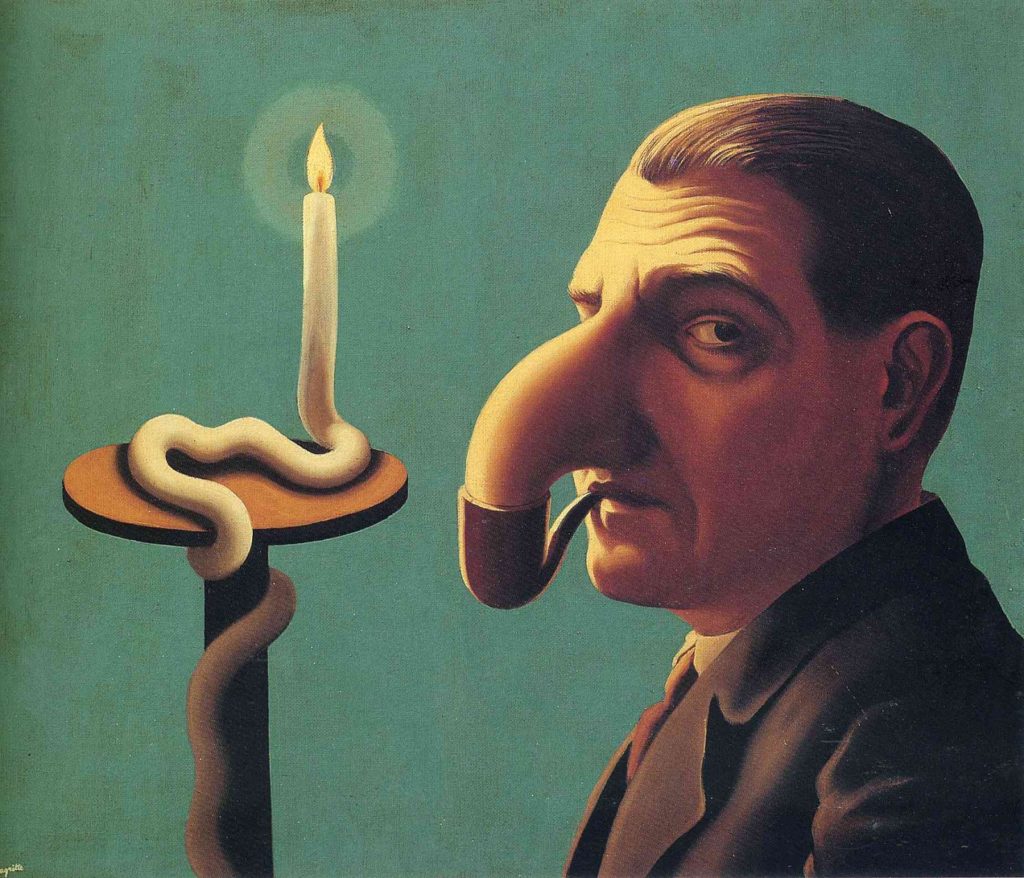
Surrealism was a response to the 17 and 18th century Enlightenment Period – the one championed as reasonable, rationalistic, individualistic, and intellectual. As well as World War I, which had people seeking an escape from the harsh realities.
It derives its bases from Freud’s work on ‘free association’, ‘dream analysis’ and the ‘dynamic unconscious’, Surrealists claimed that the unconscious mind is home to surrealistic imagery that can be channeled into art.
Surrealism’s Impact On Literature
Surrealistic writings have a few defining traits, but all of them can be summarized into a single concept – rationality defiance. Surrealistic writings are poetic, relying heavily on connotations and overtones. They’re also irrational, logic-defying, fanatic, and almost dream-like –and that’s the entire point: to encourage the reader to dig into their unconscious mind.
Some examples of surrealist literature include Breton’s poem Freedom of Love where he describes his wife’s hair as ‘of a wood fire’, her thoughts ‘of heat lightning’, and the ‘waist of an otter in the teeth of a tiger’ amongst other irrationally put together images. Other examples include A Season in Hell by Arthur Rimbaud, Dark Poet by Antonin Artaud, Hidden Faces by Salvador Dali.
Louis Aragon and Paul Éluard helped craft a technique known as Automatic Surrealism – whereby the artist or the writer suppresses conscious thoughts over their process and essentially ‘goes with the flow’. This was rooted in the Freudian concept of ‘free association’. and other poets experimented with automatic writing, or automatism, to free their imaginations – eventually leading to poetic techniques like Dada Poetry, Decoupe Poetry, Blackout Poems, Erasure Poems, Centos, Acrostic Poems and so on.
Surrealism’s Impact On Art
Some of the most famous artists of the Surrealist movement include Pablo Picasso, Joan Miro, Andre Masson, Rene Magritte, Max Ernst, Salvador Dali – all of them have inspired some of the greatest works of art ever known.
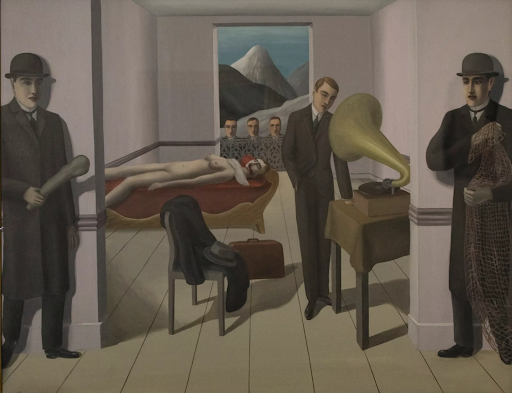
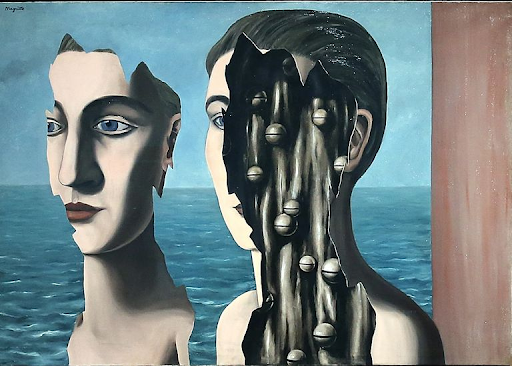
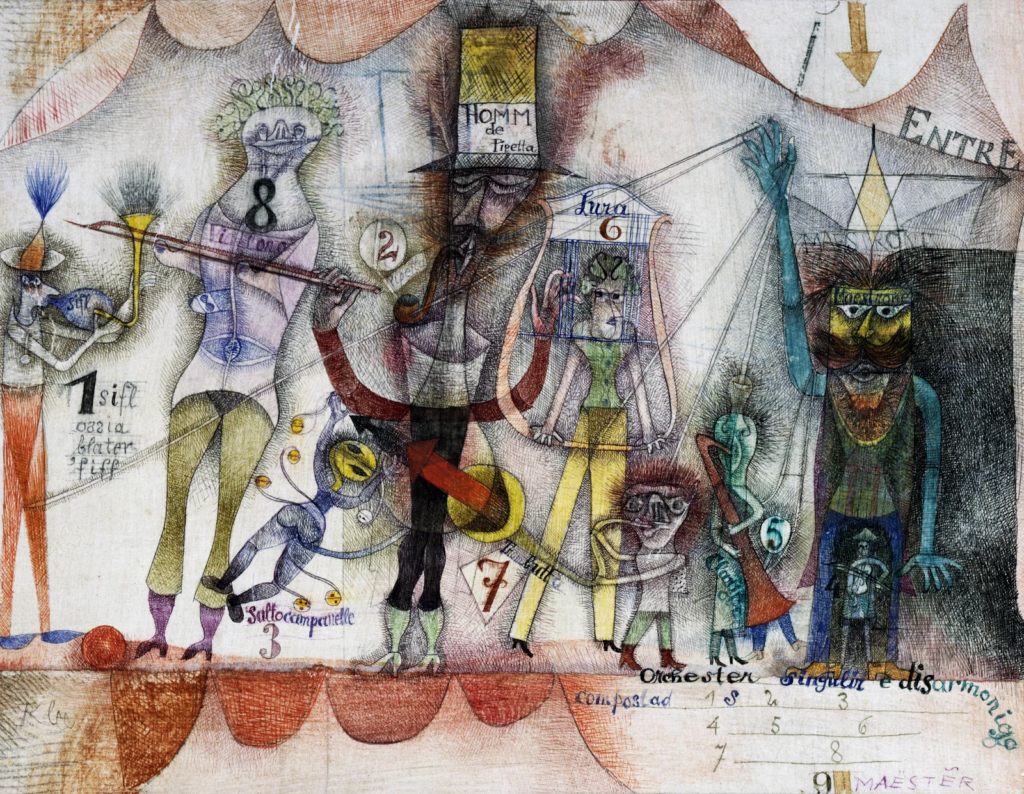
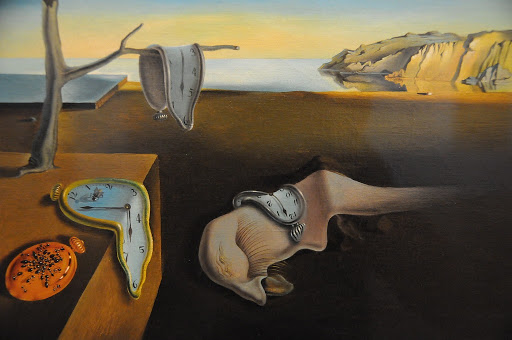
Surrealistic Art Techniques: The art techniques founded in the Surrealist movement continue to be used by artists even today. These include Collages, Cubomania, Decalcomania, Eclaboussure, Frottage, Fumage, Grattage continue to be used by artists even today.
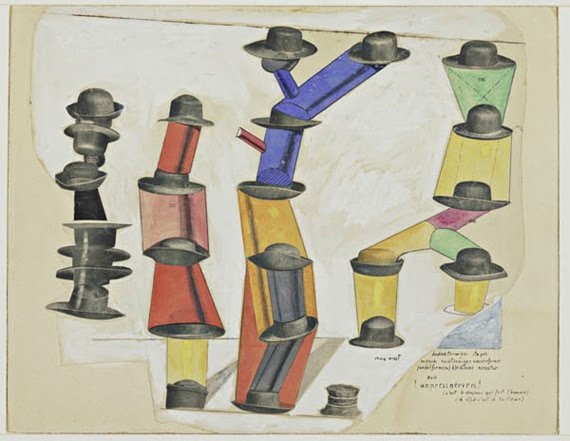
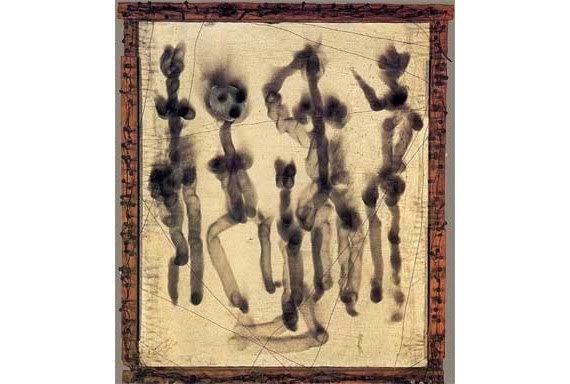
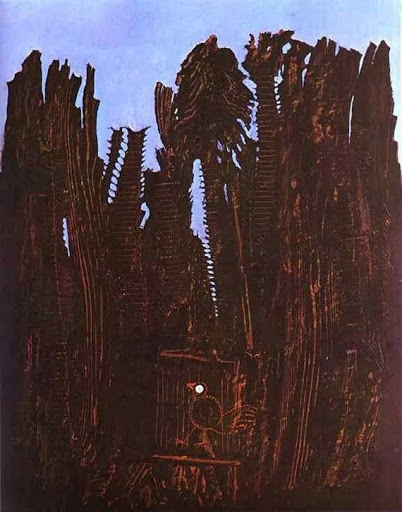
Landscape Photography
Surrealism has found its way in contemporary landscape photography as well.
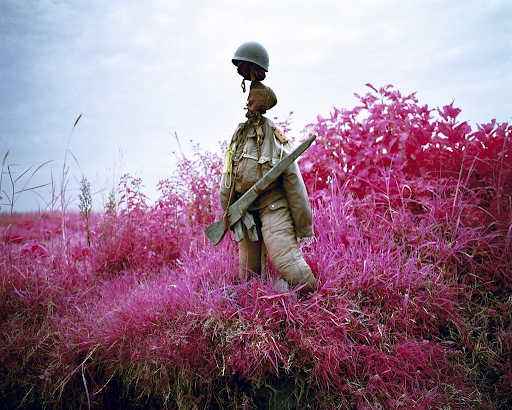
Digital Art
Surrealism has influenced the realm of digital art in a massive way. You’ll see the unexpected, bizarre symbols, the illogical juxtaposition of images, distorted figures in games, iconography, visual puns, around the internet around every corner.
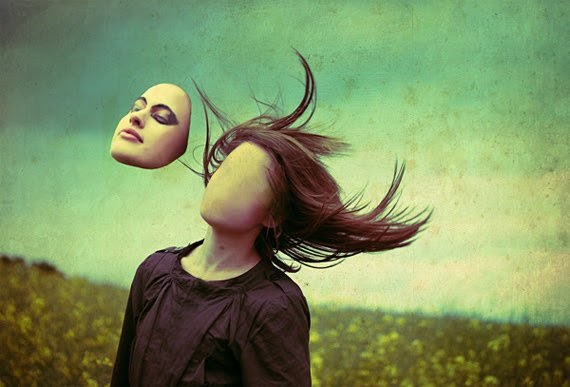
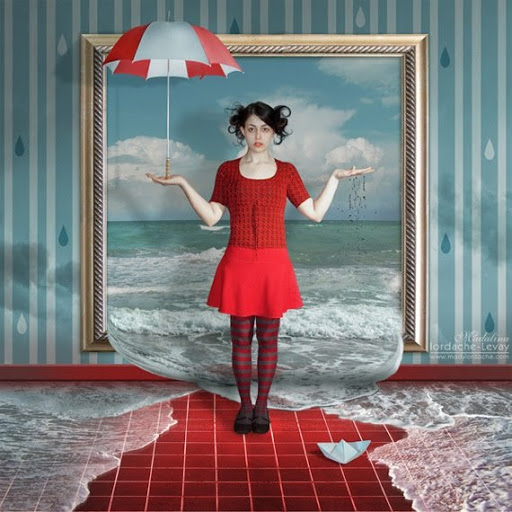
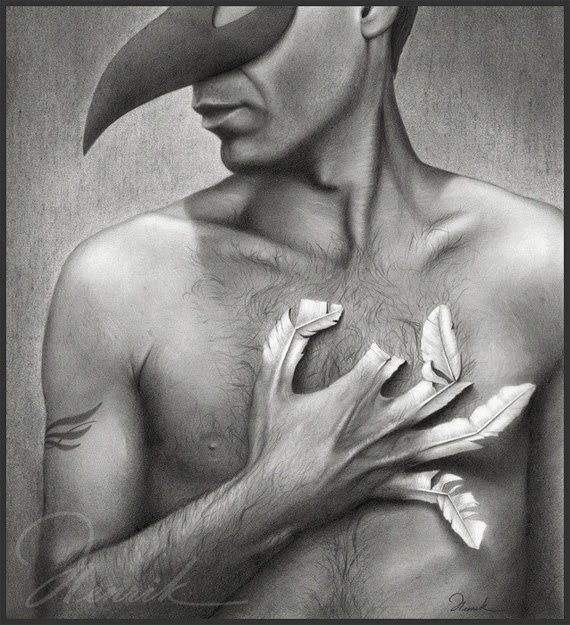
Surrealistic Cinema/Film
Surrealism created ripples in the cinematic world, the same way it did on the artistic and literary ones. Surrealistic cinema is characterized by the bizarre juxtaposition of images, a shock value, and a psychoanalytical element. Surrealist films mix up the element of surprise, horror, and comedy and create an illogical and unexpected sequence of images – from eyeballs to donkeys. Actors often use fetishes instead of props, adding to the absurdity.
Perhaps the most famous surrealist cinema is Salvador Dalí’s dream sequence for Alfred Hitchcock’s film Spellbound (1945) – the first American film to use Freudian psychoanalysis techniques as a major crux of the storyline. Other Surrealist films include Eraserhead (1977), Lost Highway (1997) Mulholland Drive (2001) and Inland Empire (2006), Fantasia (1940)
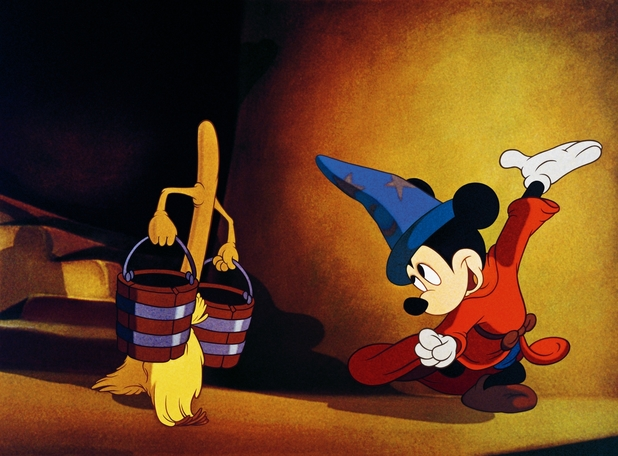
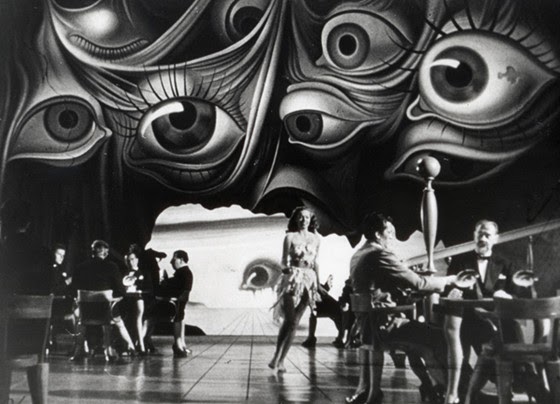
Stoked about Surrealism? Check out these related blog posts below. ↙️
Looking to explore more art genres? Head over to Joe Latimer.com for a multidisciplinary, visually stunning experience. ☮️❤️🎨
Enjoy this blog? Please help spread the word via:


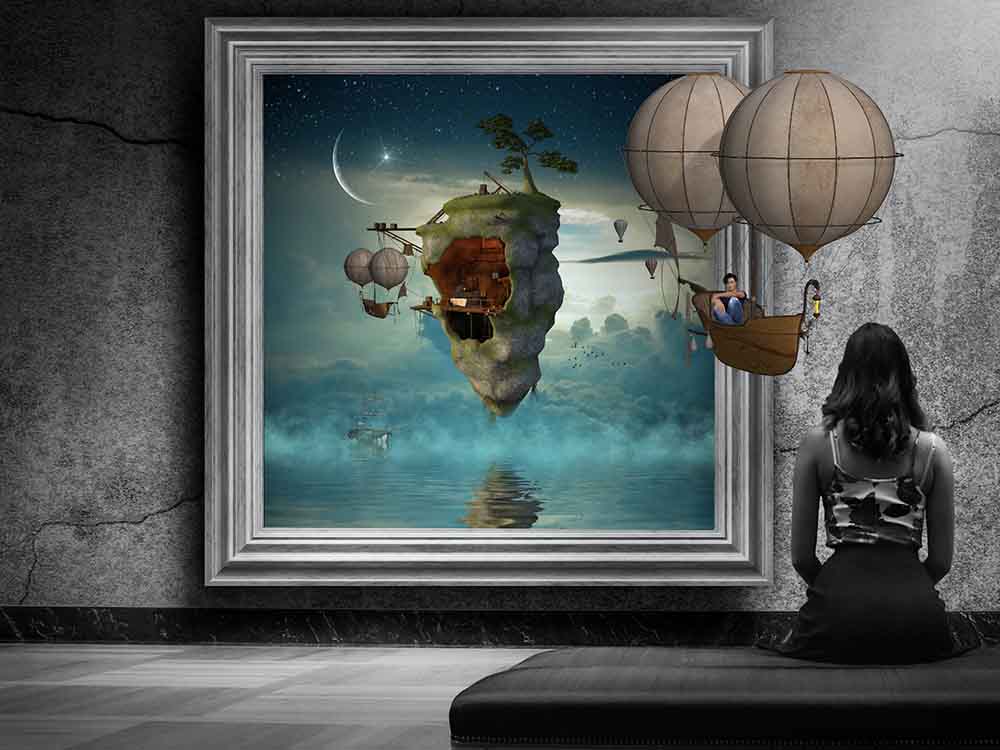
2 Comments